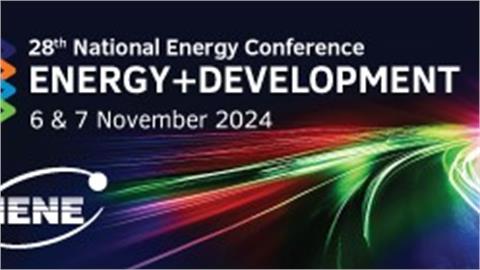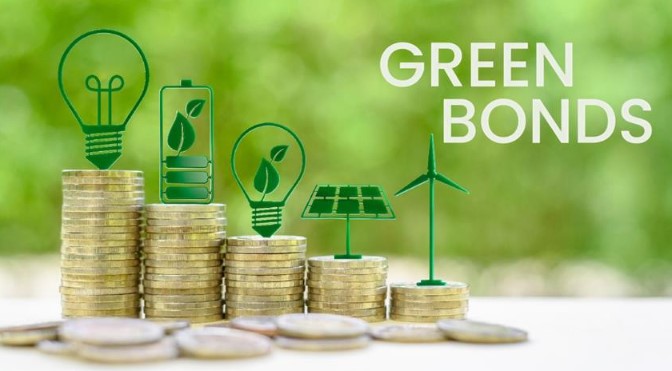Upon the invitation of EC’s Joint Research Centre (JRC), IENE’s Executive Director Mr. Costis Stambolis participated in a JRC/Energy Community joint workshop on December 15, which took place at the offices of the EC Secretariat in Vienna
Upon the invitation of EC’s Joint Research Centre (JRC), IENE’s Executive Director Mr. Costis Stambolis participated in a JRC/Energy Community joint workshop on December 15, which took place at the offices of the EC Secretariat in Vienna.
"Energy Scenarios for SE Europe –An Enlargement and Integration Action” was the main theme of the workshop which attracted more than 60 participants from all countries in the region as well as delegates from international organizations such as the IEA, IIASA and IAEA and from other EU bodies including Eurostat and the European Power Plant Suppliers Association.
IENE’s Executive Director opened the round of presentations with an account of the Institute’s major study "SEEE Outlook 2015/2016” and its preliminary findings. Following a brief reference to the study’s background and an analysis of its contents, including key findings on the region’s fast changing energy mix, Costis Stambolis focused on SE Europe’s significant energy related investment prospects and the region’s major policy challenges in the energy sector.
According to the "Outlook’s” initial fundings the investment prospects in the energy sector of SE Europe over the next 10 years remain positive inspite of latest economic turbulence. In terms of planned investments we have a multilayered situation as a group of six countries (e.g. Turkey, Bulgaria, Romania, Serbia, Croatia, and Greece) appear to be moving much faster than others in attracting the needed investment for a variety of energy projects while progress in the rest of the countries, is moving more slowly.
The region as a whole can be considered as presenting attractive business opportunities in almost all branches of the energy sector. IENE’s analysis shows that investment in the energy sector for the period 2016-2025 will total some €290 billion for all 13 countries under study in a best case scenario and approx € 205 billion in a reference scenario.
As far as the policy challenges are concerned IENE’s Outlook Study has identified three main areas :
(i)Strengthening of security of energy supply, through
- Further diversification of oil and gas supplies
- Diversification of energy routes
- Broadening of the energy mix
- Electricity and gas system interconnectivity
- Expansion of LNG and underground gas storage capacity
- Increase of production from indigenous energy sources
(ii)Progressive decarbonisation of the energy system
(i)In power generation, through further penetration of RES and deployment of clean coal methods in thermal power plants
(ii)In industry, through further gasification and electrification
(iii)In buildings, by improving their energy efficiency and wider use of RES and Solar Passive systems
(iv)In transportation, through improvement in motor vehicle fuel efficiency, greater use of hybrids, use of electric cars in cities, and the wider broader use of public transportation systems
(iii)Completion of the liberalisation process in electricity and gas and expansion of market competition right down to end user level, through further privatisations, and entry into the market of independent suppliers and traders
The planned publication date of the "SEE Energy Outlook 2015/2016” is the second half of April 2016.




